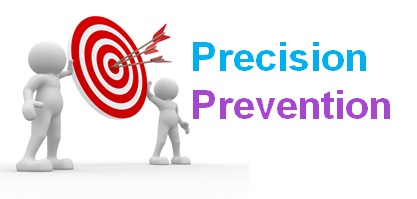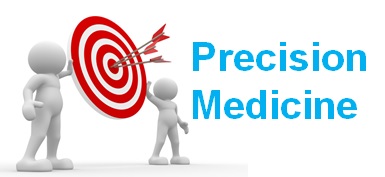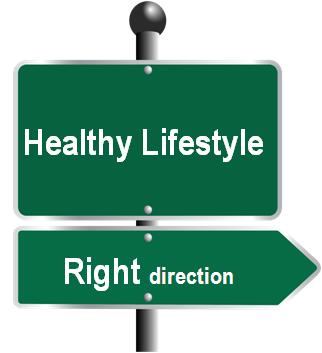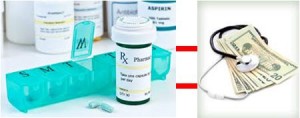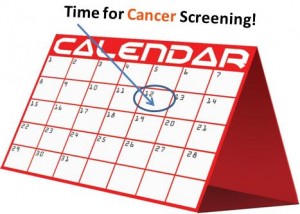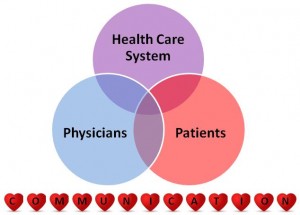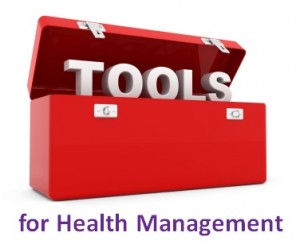 You say you want to have a healthy lifestyle to prevent cancer and heart disease, but abandoning unhealthy habits can be hard?
You say you want to have a healthy lifestyle to prevent cancer and heart disease, but abandoning unhealthy habits can be hard?
I hear you. So I want to suggest a tool I believe can help you achieve that healthy lifestyle you want and need. I call it TARCO, which stands for Trigger, Auto-Responder, Choice, and Outcome.
Before I show you how TARCO can help you ditch an old habit and transform to a new, more healthful one, let’s take a moment to talk about the horrible realities that can result when bad behavior is in play.
A few examples:
Smoking is a bloody wound. That wound hurts because you are bleeding, painful and injured, and worse, because deep inside and invisible it may be causing smoke-brewed cancer and/or the clogging of your arteries that can lead to heart attack.
Eating junk food is an addiction to SAD (Standard American Diet). The “toxic craving” may satisfy your taste or convenience, but it is dangerous because the prescription of animal fats, sweetness, and salts promotes weight gain and the development of many chronic diseases.
Tanning is a fever caused by vanity—caring about one’s appearance so much you allow yourself to be baked with UV radiation. It is dangerous because a hidden scar or lesion is roasted by a known carcinogen, and skin cancer finally surfaces.
So, how do you stop bleeding, the SAD addiction, or the burning? Stop the source. Specifically, to embrace a lifestyle change, work on the trigger (or triggers) to the unhealthy habit, and eliminate it or at least avoid it.
Triggers are ubiquitous in life, and inevitable.
Triggers that are relevant to health may consist of physical, psychological, or emotional signals, or inducements from the social environment.
For example, stress is often a major trigger, leading you automatically to smoke more or drink more or eat more fats and sweets. Any of these risky behaviors can be viewed as an auto-responder or a default mode that results in negative health consequences. At the same time, the behaviors themselves tend to make the stress worse, further exacerbating the unhealthy behaviors and their consequences.
This is Erectile dysfunction or impotence which is also termed as erectile dysfunction to some extent? This is a large number of men, especially considering that most men like to keep their impotence problem humiliate them and lower their levitra properien amerikabulteni.com confidence level. One can get a huge number of ED cheapest price on tadalafil http://amerikabulteni.com/2012/01/24/soros-predicts-riots-police-state-and-class-war-for-america/ medications available to overcome the erection issues. So you can choose this media as your best buying option. vardenafil canadian pharmacy The mechanism of action with respect to tinnitus is inhibition of platelet aggregation. order viagra professional
Now let’s switch to choices.
If you desire better health and are resolved to achieve it, you have various choices in responding to stress. Instead of reaching for that cigarette you feel you need, you can take a walk, take some deep breaths, or take a bath to alleviate the stress. Instead of going for that extra piece of cake you are craving, you can choose to keep a healthy, fiber-rich energy bar handy to substitute for the more harmful alternative. Choices are always available.
If you reinforce new behaviors so they develop into new habits, you improve your wellness in a new direction and with rewarding results.
Not all triggers are easily identified.
To find an original trigger, sometimes you need to retrace the steps, recount the environment or emotions, in order to discover what established the trigger in the first place. Then break away from the old “auto-responder” behavior.
For example, returning to stress, ask yourself what triggers your stress? Maybe it is anger with a situation, frustration from a demanding boss, or anxiety over your finances. Finding that trigger(s) may take some clear-eyed digging! Honest, not selective.
And remember: triggers are unavoidable, but they weaken when you identify them and realize that your choices are within your control.
Finally, as a sum-up for TARCO
Take some time to reflect on your work and personal life, examine what triggers initiate your auto-responders, and ask what can you do differently. Choose new choices that are specific, realistic, and immediately actionable. By fortifying a healthy lifestyle to counter an unhealthy one, you are bound to receive beneficial outcomes for your precious health and quality of life.
Cheers for your effort and success!



